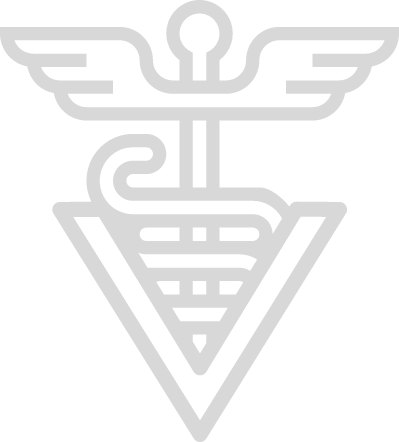Diagnostics Your Vet May Perform
Figuring out the cause of the problem. These are tests or procedures used by your vet to determine what’s wrong.
You've viewed 2 of your 2 allowed records this month.
Create a free account for unlimited access.
We're hard at work improving both our website and mobile app with even more useful features for horse owners. Keep an eye out for these upcoming tools, or get the app to try some out now.
Your Stable
Send to Vet
Favoriting
Notes



Figuring out the cause of the problem. These are tests or procedures used by your vet to determine what’s wrong.
The cause of the problem. These are conditions or ailments that are the cause of the observations you make.
A way to resolve the condition or diagnosis. Resolving the underlying cause or treating the signs of disease (symptomatic treatment)
Written, reviewed or shared by experts in equine health